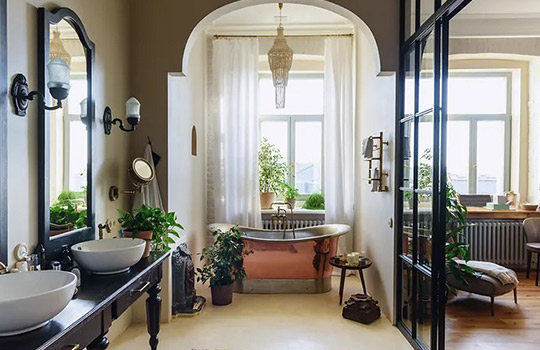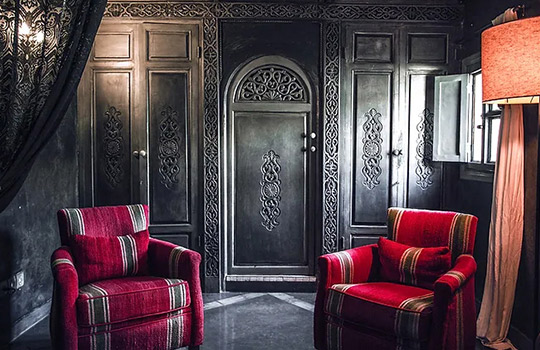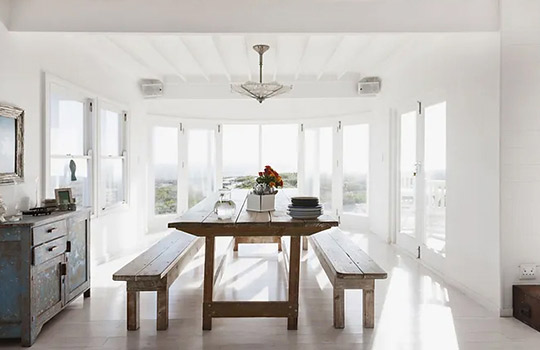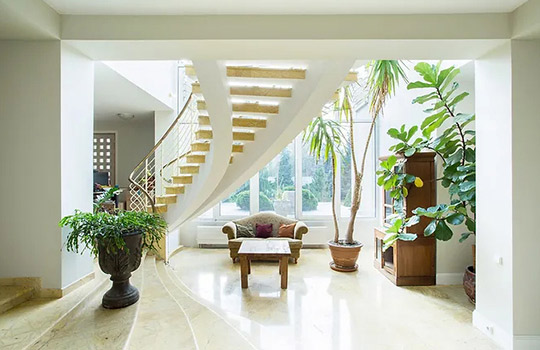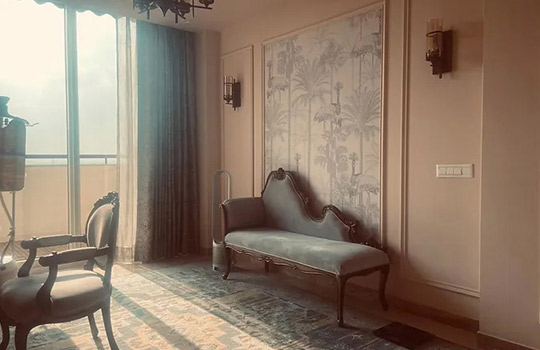Neoclassical Interior Design is rooted in our history from decades and draws us in with visual appeal. It's undeniable that we gravitate to ancient and modern design time to time again, not subjective to only fashion but in every aspect. There is something desirable about their simplicity, symmetry, accuracy and scale. That’s why modern neoclassical interior design is quickly gaining popularity. Here’s how to bring the style into your home!
What is Neoclassical Interior Design ?
Neoclassical interior design is a style of interior design that draws inspiration from classical Greek and Roman architecture, art, and design. One of the best love trends of 21st century is modern Neo classical Interior design. Yet its emerging beauty has roots in the 17th and 18th centuries.


